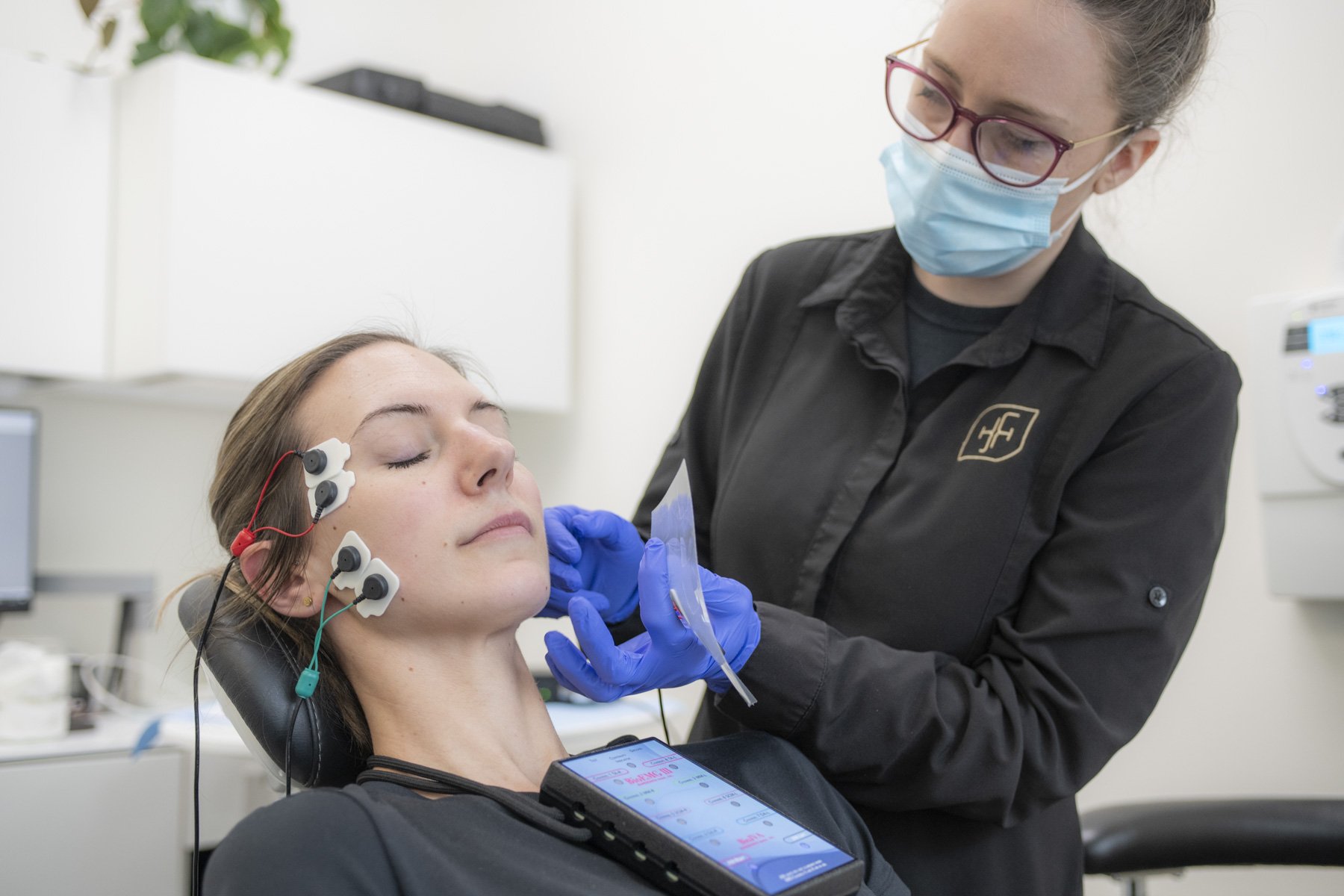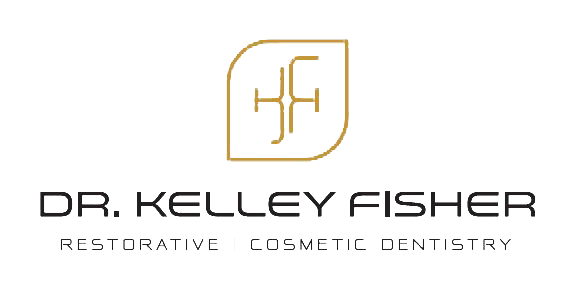
How to Tell if Your Bite is Misaligned and when to get Help
Over the past few years, temporomandibular joint (TMJ) issues have become more common. In fact, they are amongst the most featured oral health issues in the field of dental medicine. TMJ is the underlying medical condition associated with an abnormal bite or malocclusion. Malocclusion refers to any type of misaligned bite including crowded teeth, open bite, overbite, crossbite and underbite. This condition is caused when the teeth in your upper jaw and lower jaw do not fit together properly. The misalignment can interfere with various vital functions such as chewing. It can also lead to other health conditions. Whether you’re suffering from a sudden misaligned jaw or have developed malocclusion over time, it is important to seek treatment to correct the condition. Read on to learn how.
Malocclusion of the Teeth
Occlusion is a term used in dentistry to describe the alignment of your teeth. Teeth should typically fit in the mouth without too much space in between them or crowding. They shouldn’t be severely twisted or rotated either. Properly alignment also means that the teeth in your upper jaw slightly overlap those in the lower jaw. This allows for the pointed ridges of the molars in the upper jaw to fit into the grooves of the molars of the lower jaw and vice versa. Changes in alignment result in malocclusion. The following are misaligned jaw symptoms you should look out for:
Pain and stiffness when chewing – patients suffering from misaligned teeth suffer from jaw pain and discomfort caused by stiffness of the muscles. The pain or stiffness may be coupled with a persistent clicking noise in your ear as you chew.
Difficulty breathing – A patient with malocclusion experiences unwarranted mouth breathing even when they have a clear nose.
Speech impairments – An uneven jaw can result in problems with pronouncing particular words. Thus people may experience speech impairment.
Frequent self-biting – patients with a misaligned jaw may frequently bite the inner side of their cheeks and tongue.
Alteration in facial appearance – twisted, overcrowded or crooked teeth are the most notable symptoms of an uneven bite. These symptoms can disfigure a smile or the line of your face.
Migraine headaches – patients may also suffer from migraine headaches constantly. These headaches are caused by the strain on the jaw muscles that have to work harder to perform tasks.
Uneven wear or tooth sensitivity – Patients suffer from irregular tooth wear. The enamel on their teeth wears thin more quickly on spots where more pressure is placed.
Loose or failing dental work – tooth loss and cavities are common issues experienced by people with improperly aligned teeth.
You can use a simple clench test to see if you suffer from jaw misalignment. The clench test involves clenching your teeth. If you have an uneven bite in the form of a crossbite, underbite, overbite or open bite, you will experience a distinct discomfort in any part of your teeth. The clench test will also highlight tooth sensitivity due to continued grinding which wears out the enamel on the teeth.
What causes malocclusion?
Malocclusion is often a condition that is inherited. This means that it is a genetic disorder. However, it can also be caused as a result of some conditions or habits that result in a change in the shape or structure of your jaw. These include:
Frequent use of a pacifier in early years.
Cleft palate or lip
Prolonged use of a feeding bottle in early childhood
Tumors in the jaw or mouth
Sucking your thumb in early childhood
Impacted or unusually shaped teeth
Breathing to the mouth due to obstruction of the airways. Obstruction of the airways may be the result of allergies or enlarged tonsils or adenoids.
Poorly done dental treatments e.g. improperly fitting braces, crowns or dental fillings.
How is a malocclusion of the teeth treated?
If you’re suffering from malocclusion, you may be searching for information online on ‘how to realign jaw.’ Treatments for realigning teeth are administered based on recommendation. The treatments depend on the symptoms experienced by the patient as well as their history and current problems. There are three primary methods of treating malocclusions.
Muscle relaxation therapy – Stress management practices involving muscle relaxation therapy can be used to naturally relax the TMJ joints.
Braces and palate expanders – Braces can be used to force teeth back into alignment over time. This may be uncomfortable for some patients, especially for older individuals.
Surgery – When the condition is severe and has failed to respond to other forms of treatment reconstructive surgery may be the best option.
You can depend on Dr. Fisher’s skill and experience for the best treatment. Dr. Fisher provides patients with a personalized approach for treatment. You can expect the finest and safest level of care for the treatment of a jaw out of alignment.
How can malocclusion be prevented?
Preventing malocclusion can be a challenge since most cases are hereditary. However, there are various steps you can take to prevent misalignment that occurs as a result of factors such as habits. Parents for example should limit the use of feeding bottles and pacifiers to ensure proper development of the jaw. Children should also be discouraged from habits such as thumb sucking.
Why Choose Dr. Fisher
Dr. Fisher’s experience
The success of treatment is significantly dependent on the skill of the dentist. In 2001, Dr. Fisher graduated from Creighton University School of Dentistry after she went to the renowned Dawson Academy to specialize in occlusion and smile restoration. Currently, she has over a decade and a half of Dental experience under her belt. These skills and experience guarantee the best treatment for all the patients who seek Dr. Fisher’s Aid. She is considered one of the leading experts in design and reconstruction, particularly in full mouth reconstruction (Anti-aging) and Upper and lower veneers procedures. This has seen Dr. Fisher become an eight-time ‘Top dentist’ in Seattle by her peers.
Top Quality Dental Staff
Dr. Fisher has always worked under the principle that top quality personnel produces the finest and safest level of care. For the patients who are interested in the provision of exceptional dental care and organized, swift, and expert delivered treatment Dr. Fisher is your solution.
High Tech Dental Equipment
Over the course of her 20 years of practice in Sammamish, Dr. Fisher has managed to identify and contract the use of the best equipment in the dental, medical field. For instance, each dental care room in the facility is fitted with a state of the art camera system to magnify teeth up to 26 times. This camera system is best used to conduct teeth reconstruction surgery as it aids the dentists in making the best out of the procedure.
Additionally, the state-of-the-art dental kit not only aids Dr. Fisher to deliver the best treatment and protect patients against the numerous diseases associated with TMJ correction procedures. For instance, our equipment sprays water and air on the dental drill immediately after the dentist removes their foot from the pedal. This consequently excludes the dangers of cross-contamination.

